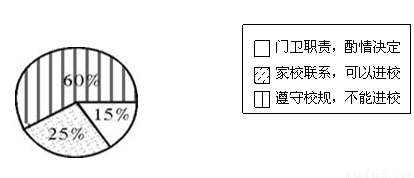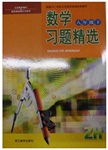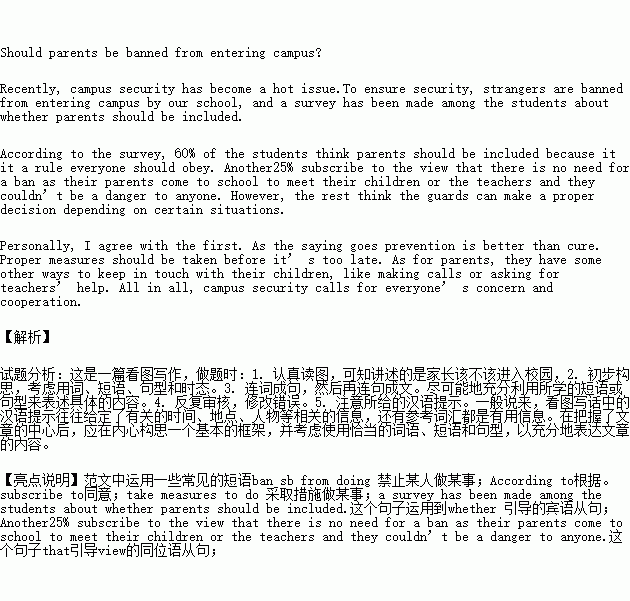��Ŀ����
�����У��ȫ��Ϊ���ǹ㷺��ע�Ļ��⣬Ϊȷ��ʦ����ȫ����У������ֹ���˽���У��Ϊ�ˣ�ѧУ��ѧ��������һ�Ρ��ҳ��ò��ý�У����ԭ�ĵ��顣����������ͼ��ʾ��

������ͼ��Ϣ�����ԡ�Should parents be banned from entering campus?��Ϊ�⣬��Ӣ��дһƪ���ġ�
Ҫ�����£�
1. ��Ҫ����ͼ�е���Ϣ�������������ʡ��۵㼰ԭ��2. ̸̸��Ŀ�����
ע�⣺
��1������������100��
��2���������Թ淶��
��3���ڴ��������
��4�������Ѹ����������������
Should parents be banned from entering campus?
��ϰ��ϵ�д�
 ϰ�⾫ѡϵ�д�
ϰ�⾫ѡϵ�д�
�����Ŀ

